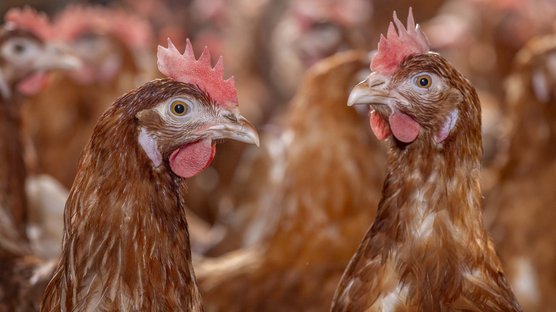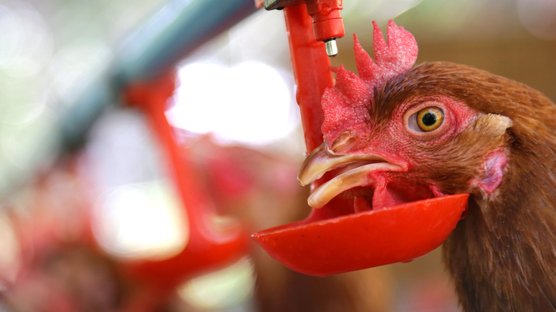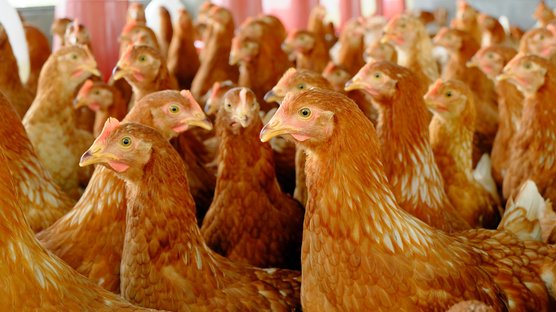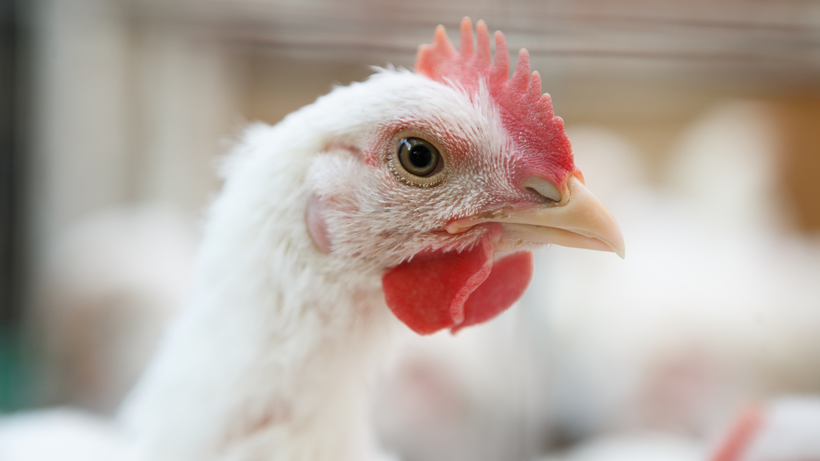
Published on Dec. 14, 2023
Avian Intestinal Spirochaetosis
Avian intestinal spirochaetosis (AIS) is a widespread poultry disease caused by pathogenic Brachyspira spp., including B. pilosicoli, B. intermedia, and B. alvinipulli. These bacteria colonize the lower gastrointestinal tract, leading to symptoms such as diarrhea, reduced growth rate, decreased egg production, and compromised egg quality.
The prohibition of antibiotic use as growth promoters in livestock by the European Union has exacerbated AIS outbreaks in the UK, driven by increased bacterial resistance. Layer and broiler breeder chickens are particularly vulnerable, experiencing reduced egg production, weight loss, higher mortality, and chronic diarrhea. This disease presents significant economic challenges to the egg industry, impacting productivity and egg quality, often resulting in fecal-stained shells. Implementing effective preventive measures and treatments is crucial to alleviate AIS’s adverse effects on poultry production.
Clinical signs
Avian intestinal spirochaetosis (AIS) presents typical clinical signs, including persistent diarrhea in chickens infected with Brachyspira, characterized by yellowish brown to caramel-colored, mucoid, and foamy feces with increased lipid content. These signs are often accompanied by fecal smearing around the cloaca, known as “pasty vent.” Additionally, pullets experience delayed onset of egg laying, while adults suffer from decreased egg production, leading to smaller and lighter eggs with pale yolks. Eggshells are frequently contaminated with feces, and progeny from infected breeder chickens may appear weak and underweight. Brachyspira pilosicoli and B. intermedia are the main causative agents of AIS, with B. innocens, B. murdochii, and “B. pulli” presumed to be nonpathogenic species, although B. alvinipulli is considered an avian pathogen. Despite the development of PCR tests for avian Brachyspira species, differentiating non-pathogenic species remains problematic, and culture remains the preferred method for identifying Brachyspira species, emphasizing the association of clinical signs with the detection of these organisms.
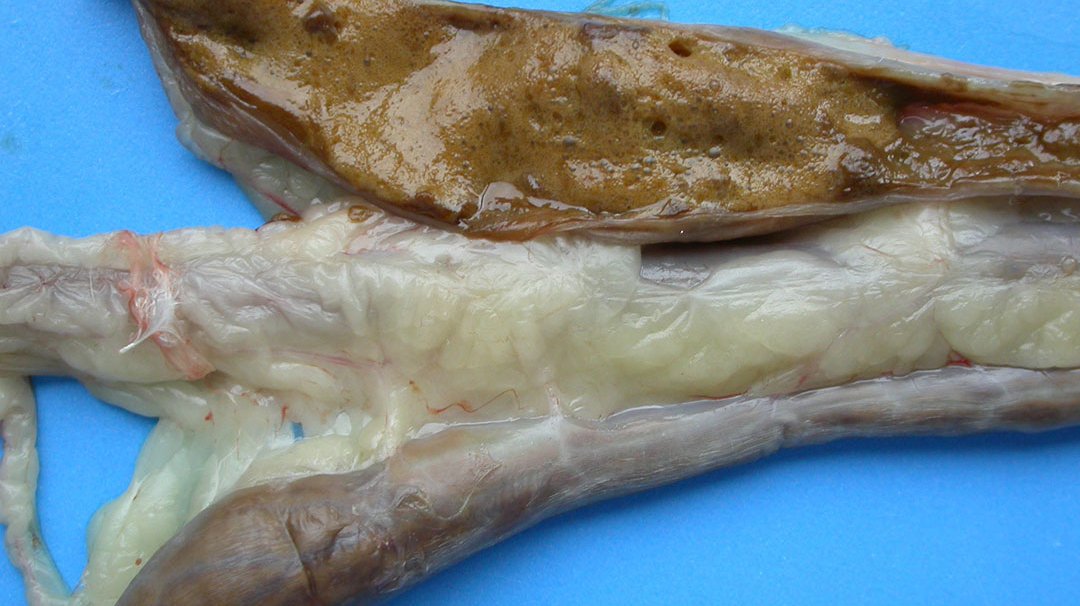
Diagnosis
The diagnosis of Brachyspira species poses challenges due to the absence of a universally accepted gold standard method for differentiation. Various techniques have been utilized, such as biochemical tests, PCR-based methods, sequencing of the NADH oxidase gene (nox) amplification product, and matrix-assisted laser desorption/ionization time-of-flight mass spectrometry (MALDI-TOF MS). Hippurate hydrolysis, observed in B. pilosicoli and B. alvinipulli, serves as a distinctive reaction. However, differentiation between certain species like B. murdochii and B. innocens remains difficult. Presently, culture stands as the preferred method for identifying Brachyspira species, although PCR tests for avian Brachyspira species have been developed, their effectiveness in differentiating non-pathogenic species is limited. For isolation, fresh caecal droppings or contents are optimal samples, and intact caecum is preferred when available. Alternatively, cloacal swabs or feces can be used for live birds, although isolating organisms may be less successful than from caecal content. Strict anaerobic conditions are crucial in handling samples to maintain the integrity of Brachyspira organisms during diagnosis.
Treatment and control
To control Brachyspira infection in poultry, maintaining high standards of biosecurity and rodent control is crucial, especially in free-range layer systems where outbreaks are more frequent and challenging to resolve. Efforts should be made to minimize the impact of diet and other factors underlying the infection. Although no specific antimicrobials are licensed for Brachyspira control, tiamulin and lincomycin are routinely used, administered orally at specified dosages for several days. Additionally, alternative methods such as incorporating coated trans-cinnamaldehyde in poultry feed have shown curative effects, reducing Brachyspira colonization in pullets. Probiotics, particularly Lactobacillus reuteri added to hens’ drinking water, have also demonstrated protective effects against Brachyspira infection. Prevention measures include avoiding co-housing of pigs and chickens and not using land previously occupied by pigs for poultry. Sanitation practices, such as daily cleaning and disinfection of waterers are essential to prevent disease spread. Veterinary consultation is recommended for proper diagnosis and treatment.
References
- Harms, M., Schmidt, V., Heydel, T., Hauptmann, J., Ahlers, C., Bergmann, R., & Baums, C. G. (2018). Differentiation of Brachyspira spp. isolated from laying hens using PCR-based methods and matrix-assisted laser desorption/ionization time-of-flight mass spectrometry. Journal of Veterinary Diagnostic Investigation, 30(4), 545–553. https://doi.org/10.1177/1040638718772319
- Jake Davies. (2019a, April 29). Probiotics to control avian intestinal spirochaetosis. https://www.poultryworld.net/health-nutrition/probiotics-to-control-avian-intestinal-spirochaetosis/
- Michael Hess. (2019a). Avian Spirochetosis. MSD Manual Veterinary Manual. https://www.msdvetmanual.com/poultry/avian-spirochetosis/avian-spirochetosis
- The Poultry Site. (2012a, January 3). Avian Intestinal Spirochaetosis. The Poultry Site. https://www.thepoultrysite.com/articles/avian-intestinal-spirochaetosis

